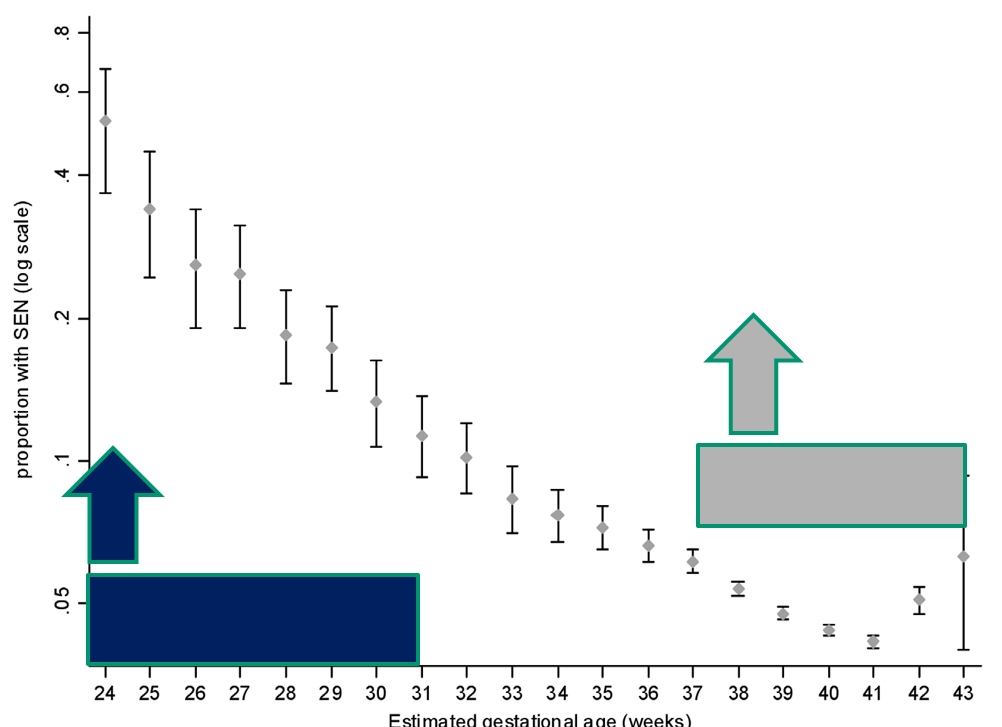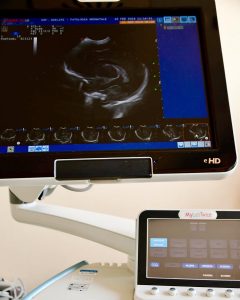“Special educational needs” is a term used to describe learning difficulties or disabilities that make learning more difficult than the majority of children of the same age. Therefore, children with “special educational needs” require more support than that generally provided to the other students of the same age. In the Italian language and school reality such aid is expressed with the term “Support Teacher” which reflects learning disabilities but it remains difficult to compare different countries with each their own norms and regulations and resources in the western society. It is still otherwise useful to understand and see the trend of such measure in the anglo-saxon society.
In a meta-analysis of 2002 (Bhutta et al) it was observed that children born prematurely were at a higher risk of lower cognitive test scores. Subsequently, in 2008, a review conducted by Peterson et al pointed out that children born before the 26th week of gestation and/or with a birthweight lower than 750 grams developed cognitive impairments, learning difficulties and behavioral and emotional problems but a considerable number of these children managed to avoid greater consequences.
Therefore, it has long been known that premature newborns have a higher risk of needing special education when they reach school age, however it is unclear what the trend of such risk was during the different gestational ages. A study conducted by MacKay at the University of Glasgow on which we would like to reflect, has examined a population of 407’503 students, 17’784 of which required special educational needs.
The gestational age at birth and the need of Special Educational Needs have been examined. The study revealed how the risk of needing Special Educational Needs lowered as the gestational age at birth grew. However, an important find was that this trend continued even in the gestational ages that approached the “term” of pregnancy.
In fact, the risk of special educational needs is higher amongst preterm children (<37 weeks) although they represent only 5,1% of the total births, whereas children born between the 37th and 39th week of gestation, despite having a smaller risk, represent the largest percentage of children needing Special Educational Needs (See chart below).

Thus, while there is no doubt that being born premature and particularly at a lower gestational age bears greater risks of developing learning difficulties, the majority of the quota is represented by those born after the 37th week, namely the babies born at term. The cerebral issues that create problems in the long term are gradually less frequent in preterm babies than in the previous years (note the sharp reduction of brain damages such as periventricular leukomalacia) because the management of premature perinatal care has constantly improved, whereas it is harder to explore the incidence and survival rate of patients born with genetic issues, rare diseases or that have developed brain damage at the turn of birth.
The percentage of newborns born at a gestational age between 37 and 39 weeks has grown greatly in the last decade, however, studies on the risk of needing Special Educational Needs among this population are limited, thus this interesting matter requires further consideration and study.






